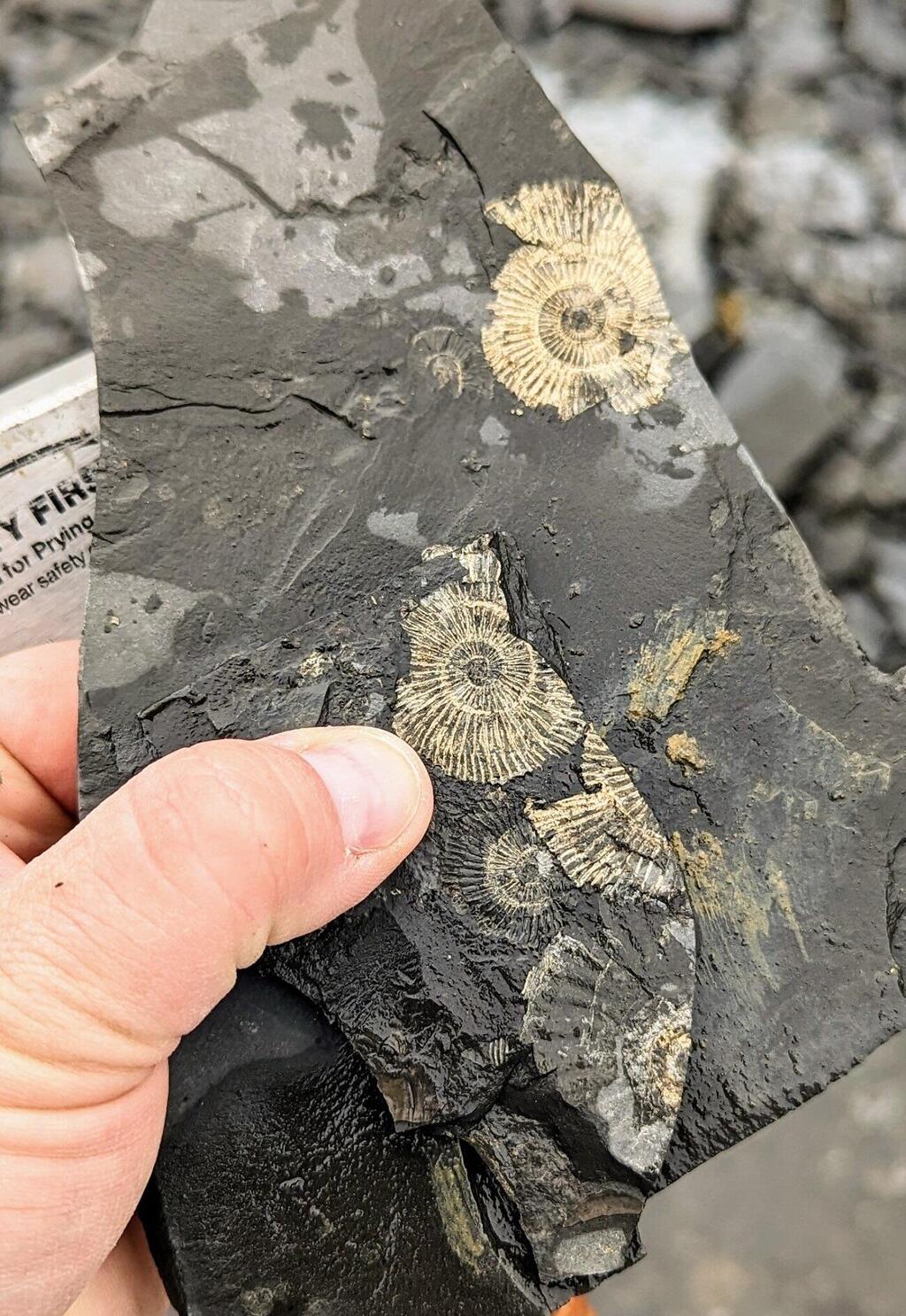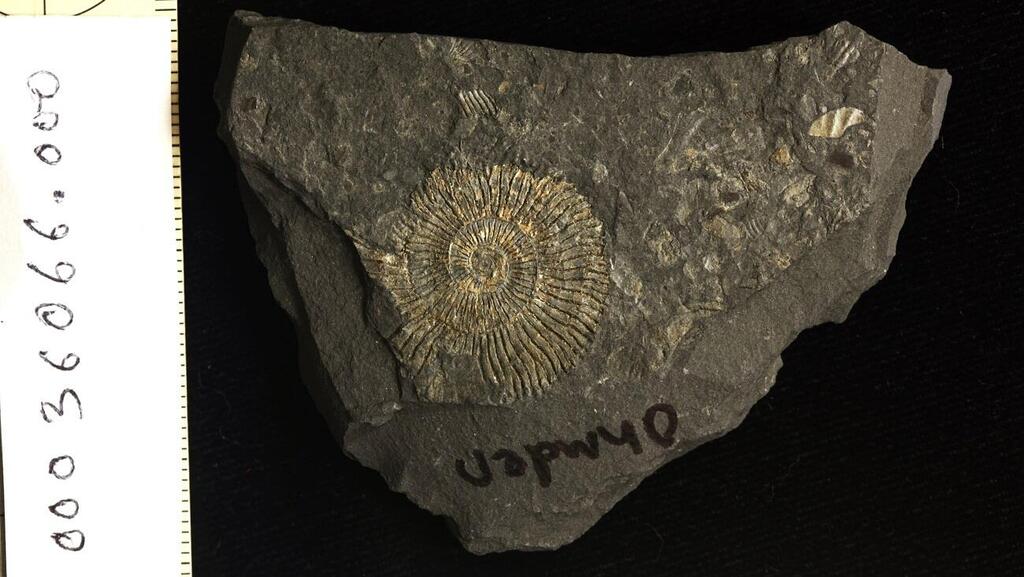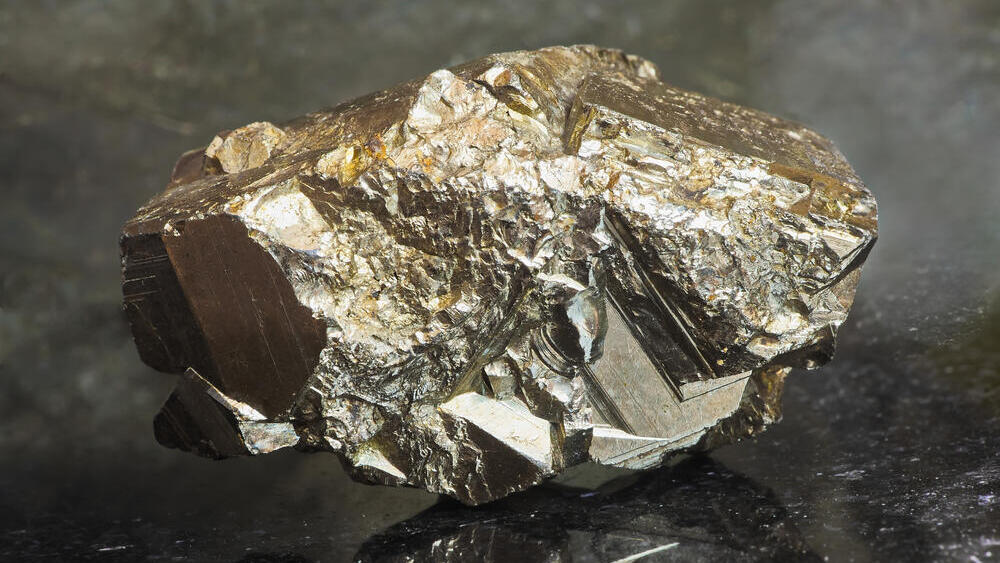A recent study conducted at the University of Texas at Austin found that fossils of the Posidonia Shale – discovered in southern Germany and known for their golden hue – don’t obtain their color from pyrite or “fool’s gold” as was previously assumed.
Read More:
Researchers discovered that the golden color was actually created from a mixture of minerals, indicating the conditions under which the fossils were formed.
3 View gallery


Posidonia Shale fossils found in Germany
(Photo: Rowan Martindale/ The University of Texas at Austin Jackson School of Geosciences)
The study, published in the Earth and Science Reviews Journal, is important for understanding the origin of these fossils, which are among the best-preserved in the world and provide evidence of marine life during the Lower Jurassic period, as well as the role of oxygen in their formation.
The Lower Jurassic is the earliest period of the Jurassic era that lasted 25 million years (from about 200 million to 174 million years ago).
“When you go to the quarries, golden ammonites peek out from black shale slabs,” said the study’s co-author Dr. Rowan Martindale, an associate professor at the University of Texas Jackson School of Geosciences Department of Geological Sciences.
“But surprisingly, we struggled to find pyrite in the fossils. Even the fossils that looked golden, are preserved as phosphate minerals with yellow calcite. This dramatically changes our view of this famous fossil deposit,” she added.
The Posidonia Shale fossils are dated to a period around 183 million years ago and include rare specimens of soft-bodied organisms such as ichthyosaur embryos, squids with ink-sacs, and lobsters.
To learn more about the conditions that led to the high quality of their preservation, researchers examined dozens of samples under a scanning electron microscope to investigate their chemical composition.
“I couldn’t wait to get them in my microscope and help tell their preservational story,” said Prof. Jim Schiffbauer, an associate professor at the University of Missouri Department of Geological Sciences, who handled some of the larger samples as part of the study.
Researchers then discovered that the fossils were primarily made up of phosphate minerals, even though the black shale rock surrounding them was dotted with microscopic clusters of pyrite crystals, known as framboids.
“I spent days looking for the framboids on the fossil,” said Sinjini Sinha, a doctoral student at the University of Texas who also took part in the study. “For some of the specimens, I counted 800 framboids on the matrix while there was maybe three or four on the fossils.”
The distribution of pyrite and phosphate minerals in distinct locations on and around the fossils is significant because it provides valuable insights into the conditions that led to fossilization. Pyrite typically forms in environments that lack oxygen, whereas phosphate minerals require oxygen to exist.
3 View gallery


Posidonia Shale fossils found in Germany
(Photo: Sinjini Sinha/ The University of Texas at Austin Jackson School of Geosciences)
The study indicates that even though a seafloor lacking oxygen (a phenomenon known as anoxia) created ideal conditions for fossil preservation by holding back decay and potential predators, it was a surge of oxygen that triggered the necessary chemical reactions for fossilization to occur.
The study’s findings complement earlier research conducted by the team on the geochemical conditions of similar sites known for their exceptionally preserves fossil caches, called Konservat-Lagerstätten.
However, the results also contradict long-standing theories about the conditions necessary for exceptional fossil preservation in the Posidonia Shale.
“It’s been thought for a long time that the anoxia causes the exceptional preservation, but it doesn’t directly help,” Sinha added. “It helps with making the environment conducive to faster fossilization, which leads to the preservation, but it’s oxygenation that’s enhancing preservation.”


